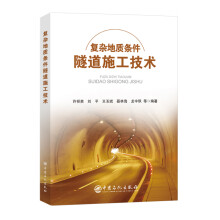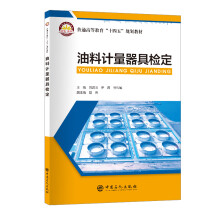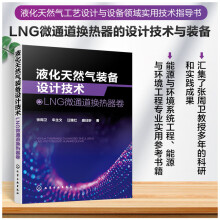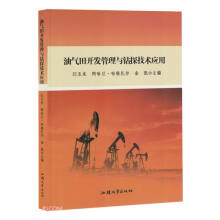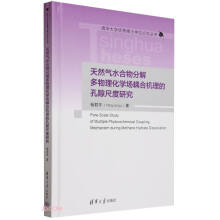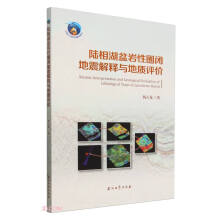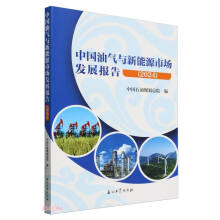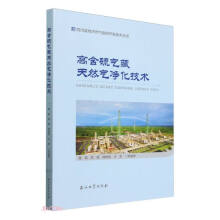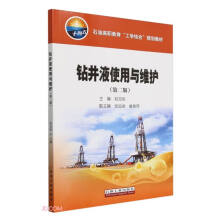第一篇 煤层气篇
煤层气是重要的清洁能源之一,除了作为清洁能源带来的经济效益外,还能降低煤层瓦斯含量、促进煤矿安全生产、减少煤矿瓦斯事故,同时有利于减少温室气体排放、保护生态环境,具有明显的社会和环境效益。但相对于其他非常规油气,煤层气产业存在技术、成本、市场等难题,发展规模仍然受到一定限制。本篇结合我国沁水盆地、鄂尔多斯盆地、海拉尔盆地等煤层气勘探开发主要区域,从煤层气相关的水文地质、富集规律、储层改造、主控因素、基础实验等方面开展了研究和应用。
煤层气富集成藏的水文地质控制机理及其定量化研究
徐凤银 1,2,王勃 3,王红娜 4,徐博瑞 1,2,马信缘 2
(1. 中联煤层气国家工程研究中心有限责任公司,北京 100095;2. 中石油煤层气有限责任公司,北京 100028;3. 应急管理部信息研究院,北京 100029;4. 中油油气勘探软件国家工程研究中心有限公司,北京 100080)
摘要:水文地质作为煤层气富集高产的主控因素之一,其控气作用涵盖了煤层气生成、保存、富集及产出等各个阶段。国内外关于这方面研究多集中在煤层气富集的水文指标定性描述,而针对富集区的水文指标定量研究及高产区水化学控气动态效应的研究较少,在一定程度上制约着煤层气的效益开发。为此,本文利用数理统计、文献分析、测井解释、测试化验及水化学分析等方法,系统梳理了水动力、水地球化学及同位素等控气方面的研究成果,总结了水文地质控气作用的研究现状、存在问题及发展趋势。研究结果表明:①控制煤层气成因方面,活跃的水动力条件和矿化度小于 1000mg/L、pH介于 5.9~8.8和氧化还原电位为 –590~–540mV等条件下利于低煤阶次生生物气的生成,构造热事件产生的异常高温,促进了煤岩变质作用和热成因气的生成;②控制煤层气富集方面,在同一开发单元内,煤层气富集区的定量指标包括矿化度大于 1500mg/L的 NaHCO3型水,且脱硫系数小于 1、钠氯系数小于 10;③控制煤层气高产方面, δD同位素向左偏移,说明产出水为大气降水成因,对应于低产水、高产气的区域,在富集区内,中高矿化度、钠氯系数低值的叠合区为煤层气高产区,结合研究区的微构造特征,构建了“构造高部位水力圈闭型、构造中高部位煤层裂隙发育型及构造低部位水体滞流型”三种煤层气高产模式。提出了“由定性评价向定量化评价转变、由单一评价向多元化评价转变、由静态评价向动态评价转化、由纯理论研究向理论指导生产实践转变”四大发展趋势。
关键词:水文地质;煤层气;富集;高产;进展;趋势;定量化
Hydrogeological control mechanism of CBM enrichment and accumulation and its quantitative research
Xu Fengyin1,2,Wang Bo3,Wang Hongna4,Xu Borui1,2,Ma Xinyuan2
(1. China United Coalbed Methane National Engineering Research Center Co.,Ltd.,Beijing 100095;2. PetroChina Coalbed
Methane Company Limited,Beijing 100028;3. Information Research Institute,Ministry of Emergency Management of PRC, Beijing 100029;4. CNPC Exploration Software Co.,Ltd,Beijing 100080)
Abstract: As one of the main controlling factors for coal bed methane(CBM)enrichment and high production, the hydrogeological effect on CBM covers the entire processes of generation, preservation, enrichment and output. Previous studies by national and international scholars mainly focused on the qualitative description of hydrologic indexes related to CBM enrichment, but few studies focused on the quantitative characterization of hydrologic indexes in enrichment area and the dynamic effect for gas controlled by hydrochemical parameters in high production area, which restricted the beneficial development of CBM to a certain extent. In this study, methods of mathematical statistics, literature analysis, well logging, testing and hydrochemical analysis were utilized; research results of the controlling effect of hydrodynamic, hydrochemistry and isotope on gas were systematically analyzed; the research status, scientific issues and development trends regarding the hydrogeological effect on CBM were summarized. The main research results include: ①In the aspect of controlling factors for CBM genesis, active hydrodynamic condition and salinity <1000mg/L, pH value between 5.9~8.8 and redox potential of –590~–540mV are beneficial to the generation of secondary biogas from low-rank coal; The abnormally high temperature induced by magmatic hydrothermal fluid accelerates the metamorphism of coal rocks and promotes the generation of thermogenic gas. ②In the aspect of CBM enrichment, some quantitative indexes, including water type of NaHCO3 with salinity of more than 1500mg/L, desulfurization coefficient less than 1 and sodium chloride coefficient less than 10, indicate the enrichment area of CBM in one development block. ③In the aspect of CBM production, the produced water of precipitation origin indicated by the left shift of δD isotope corresponds to the area of low-production water and high-production CBM; the high-production area of CBM is indicated by the overlapping zone of middle-high salinity and low coefficient of sodium chloride within the enrichment area; three high-production models for CBM are established based on these analytical results and the microstructural features, which are the hydraulic trap in structural high, the fracture dominated type in the middle-high structural part, and the type with stagnant water in the low structural part. Ultimately, four development trends, including the transition from qualitative evaluation to quantitative evaluation, the transition from single evaluation to multivariate evaluation, the transition from static evaluation to dynamic evaluation, the transition from pure theoretical research to the research of production practice guided by theory, are proposed.
Keywords: hydrogeology; coalbed methane(CBM); enrichment; high production; progress; trend; quantification
煤层水控气效应贯穿煤层气的生成、富集成藏与生产的整个过程,地下水不仅是煤层气形成的介质,还是煤层气运移的驱动力与产出的载体 [1,2]。经过四十多年来的煤层气勘探开发实践与理论研究的不断探索,水文地质控气作用取得了丰富的理论成果,有效指导了煤层气富集区的优选,但在富集区水文定量化评价和对煤层气高产的效应方面研究薄弱,为此,本文在梳理国内外煤层气水文地质控气作用研究现状的基础上,剖析了存在的科学问题,研判了水文地质控气研究的发展趋势,以期对国内煤层气高效排采有一定的指导意义。
1 水对煤层气成因类型的作用机理
煤层气按成因可划分为生物成因气和热成因气两种[3-6],水对生物成因气的作用体现在水动力条件、水矿化度及水文环境等控制着甲烷产出;水对热成因气的作用则是体现在加强煤化过程中的温度效应,进而对增强生气潜力等方面的影响。这些成果阐明了水对煤层气生成的作用机理,对不同煤阶煤层气勘探思路的选择意义重大。
1.1 水体环境控制生物成因气的生成
目前开发较为成功的低煤阶煤层气区,多以生物成因气为主,生物成因气中原生生物成因气较次生生物成因气而言,保存条件较差,难以富集成藏 [7]。国内外学者研究表明,活跃的水动力条件和适中的矿化度、p
展开

